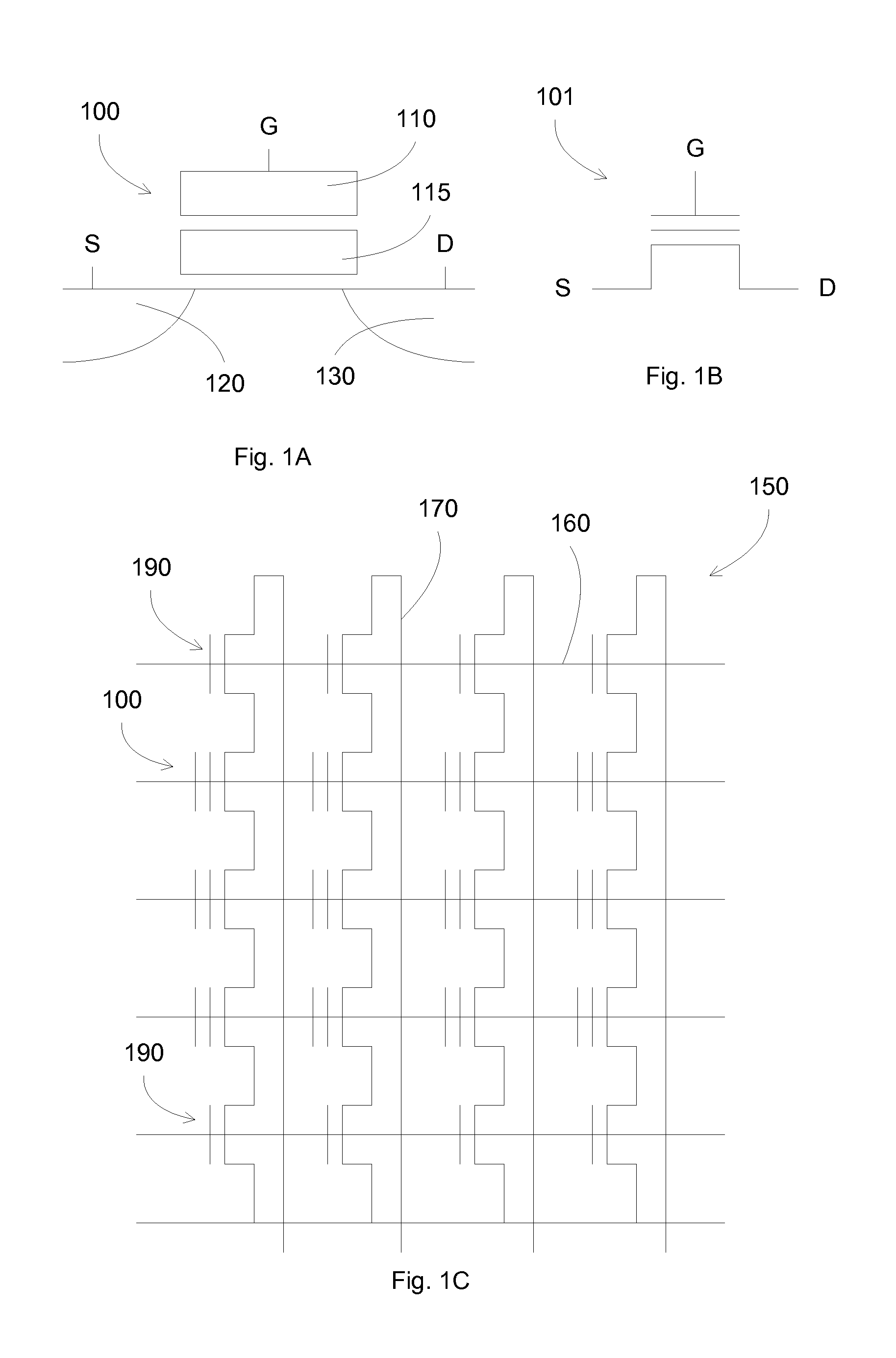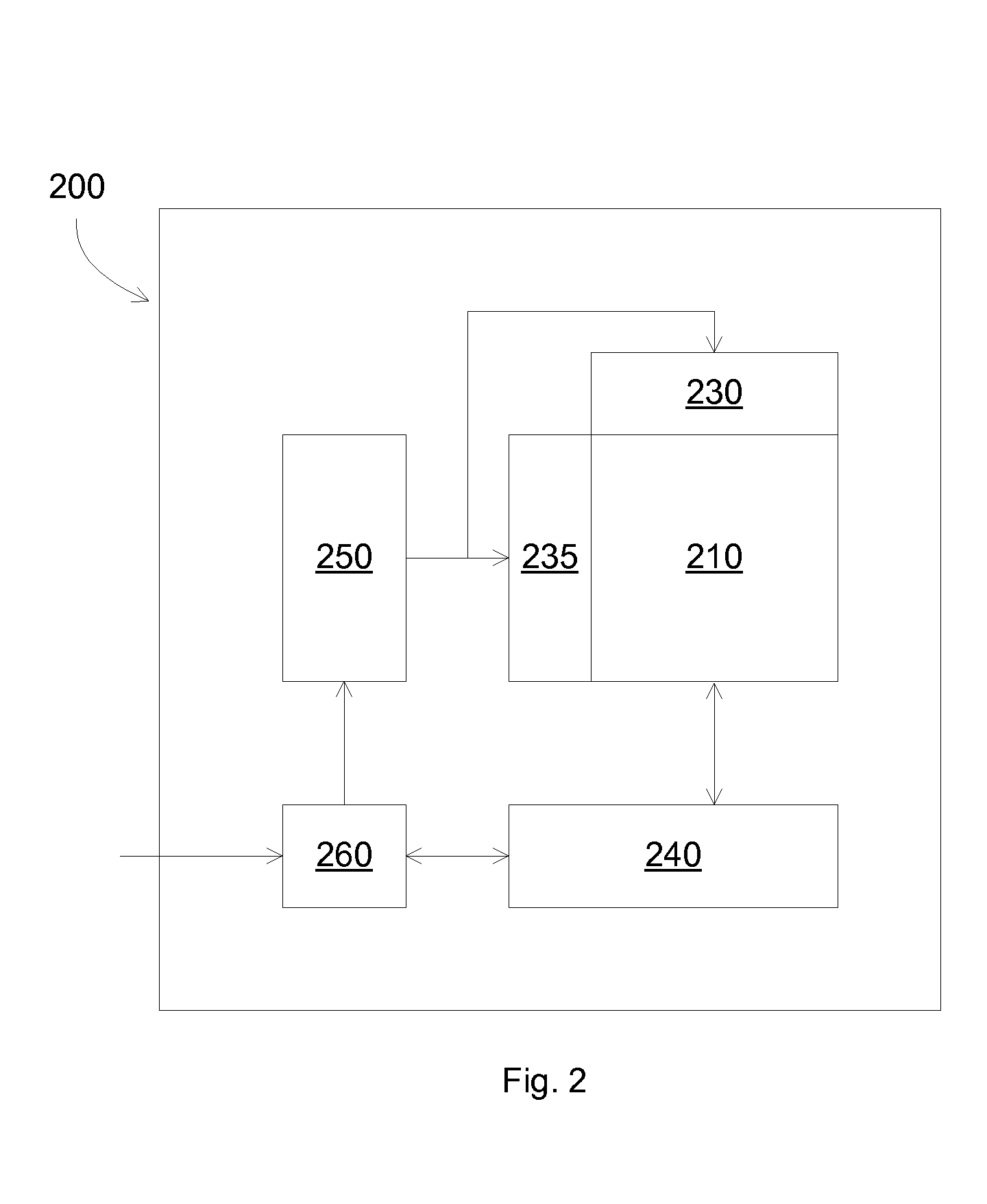Solving MLC NAND paired page program using reduced spatial redundancy
a technology of spatial redundancy and paired page program, applied in the field of systems and methods for managing flash memories, can solve problems such as flash memory experiencing problems, and achieve the effects of reducing spatial redundancy, preventing data corruption, and reducing spatial redundant memory arrays
- Summary
- Abstract
- Description
- Claims
- Application Information
AI Technical Summary
Benefits of technology
Problems solved by technology
Method used
Image
Examples
Embodiment Construction
[0005]In some embodiments, provided are methods, and systems and programs produced from the methods, to prevent data corruption in a multi-level cell (MLC) flash memory array due to interruption such as power loss. The methods can include using reduced spatial redundancy, e.g., back up, of the stored data, including the non most significant bits, e.g., one or more bits that carry the lower value or weight in binary notation for a numeral. For example, in two-level cells, e.g., two bit cells, the least significant bits are backed up in a redundant memory array.
[0006]The reduced spatial redundant memory array can eliminate data disturbance in the least significant page sets due to power interruption while programming the most significant page sets. In addition, the reduced spatial redundant memory array can preserve the overall size of the flash memory devices, since the redundancy does not require doubling the amount of memory spaces.
[0007]In some embodiments, the methods can include...
PUM
 Login to View More
Login to View More Abstract
Description
Claims
Application Information
 Login to View More
Login to View More - R&D
- Intellectual Property
- Life Sciences
- Materials
- Tech Scout
- Unparalleled Data Quality
- Higher Quality Content
- 60% Fewer Hallucinations
Browse by: Latest US Patents, China's latest patents, Technical Efficacy Thesaurus, Application Domain, Technology Topic, Popular Technical Reports.
© 2025 PatSnap. All rights reserved.Legal|Privacy policy|Modern Slavery Act Transparency Statement|Sitemap|About US| Contact US: help@patsnap.com



